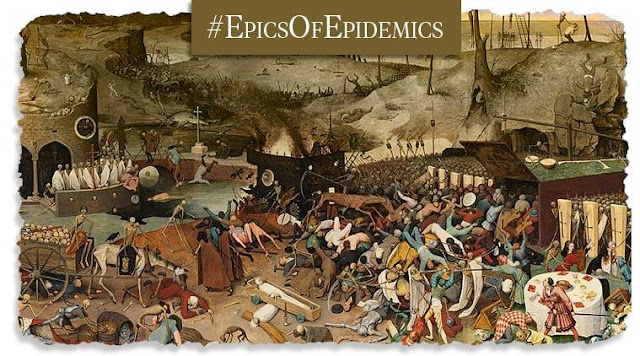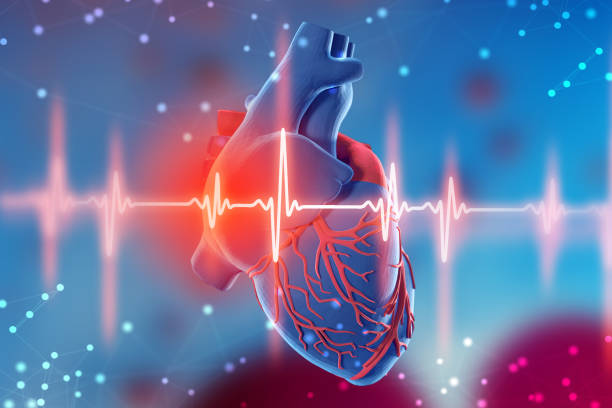A Pandemic disease is an epidemic, infestation or outbreak of infectious, toxic and communicable disease that spread and expand across a enormous area, for instance numerous continents, internationally and globally affecting a considerable and significant number of people. This globally endemic disease with a stable number of infected people is not a pandemic.
In human history, there have been number of pandemics of diseases such as small-pox; the most deadly, tragic and incurable pandemic experienced in history/ancient time, was the "Black death" (was known for plaque), which was killed 75-200 million people worldwide in 14th century. It was caused by the bacterium yersinia pesttis and may also caused by septicaemic or pneumonia plaques.
In 1918, a pandemic which affected the people worldwide, a Spanish Flu, also known as the Great influenza epidemic or 1918 influenza pandemic, was exceptionally deadly life-threatening universally influenza pandemic caused by H1N1 influenza virus. The premature cases was found in France, Germany and United kingdom in April. After 2 years, approximately, two-third of population around 500 million world-wide infected, was infected in four successive waves.
Contemporarily, pandemics include Tuberculosis, HIV/AIDS & COVID-19.
Coronavirus disease 2019 (COVID-19) is deadly epidemic disease spread by severe acute respiratory syndrome coronavirus 2(SARS-COV 2). It's mainland, engendered and implanted found in Wuhan, China, December 2019. This disease has since caused globally and internationally, leading to ongoing pandemic - it's about to 3rd wave come.
Human immunodeficiency virus infection and acquired immunodeficiency syndrome (HIV/AIDS) is a range and stretch of condition caused by infection with the human immunodeficiency virus (HIV), a retrovirus. These symptoms may be experienced or notices by earlier stage or may suffer a brief period of influenza-like symptoms.
Tuberculosis (TB), is a infectious disease generally caused by Mycobacterium tuberculosis (MTB) bacteria. It mainly affects the lungs or may influence other parts of the body.
.......in next articles, we'll discuss in details on theses topics.... 😋 😋 😋


















